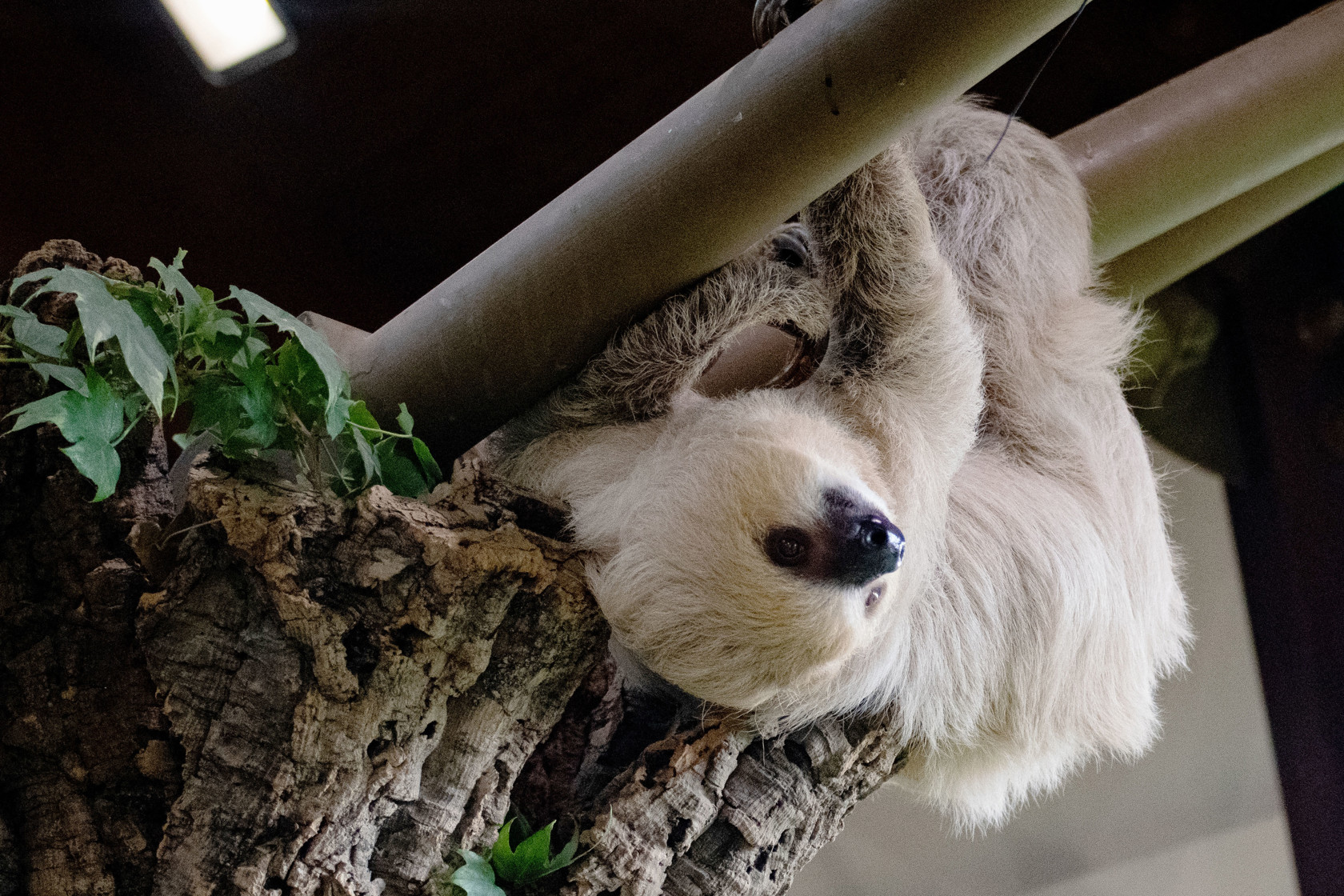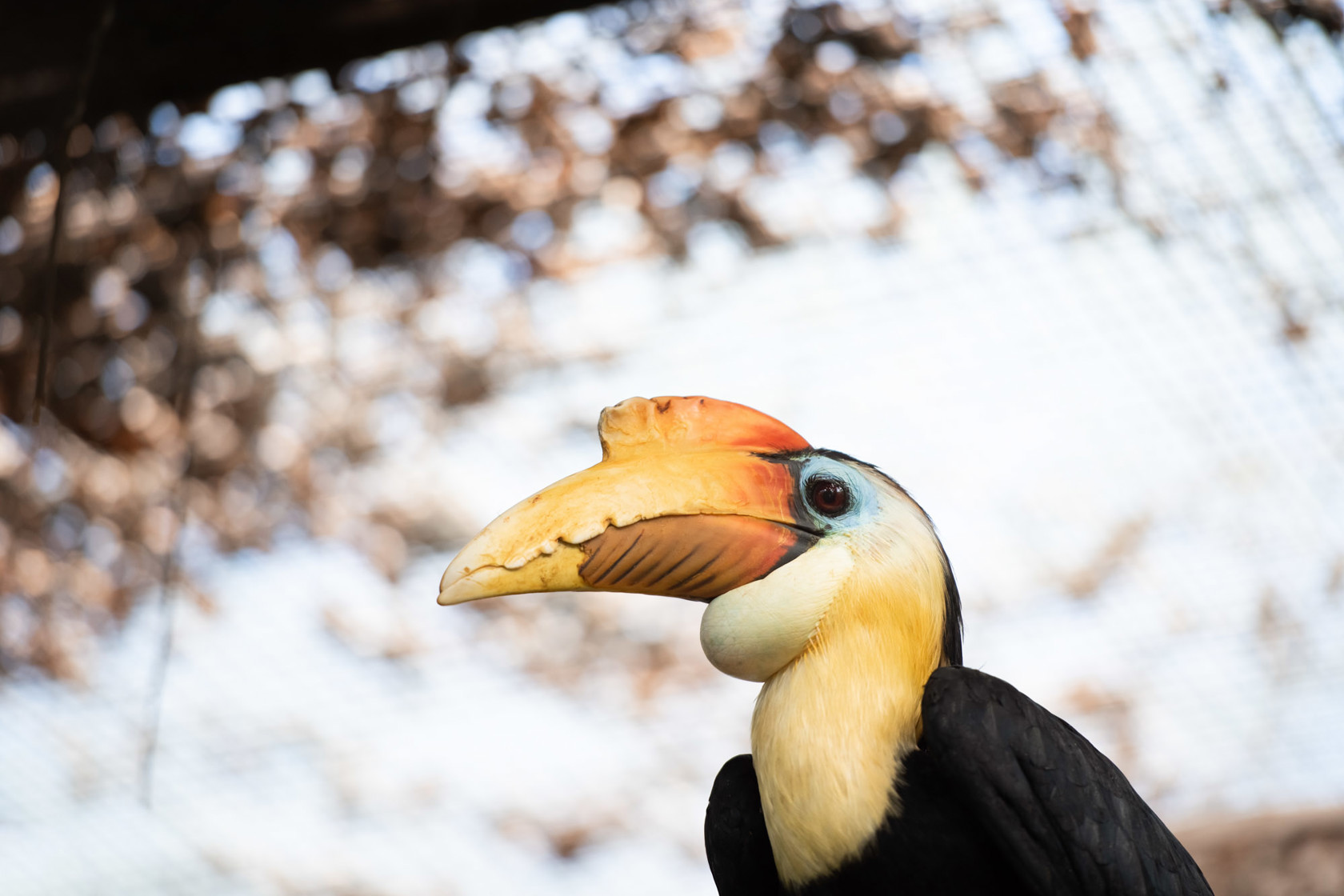
Become a member
As a vital part of our community, you can help care for the animals at Jersey Zoo and save species worldwide.
Learn more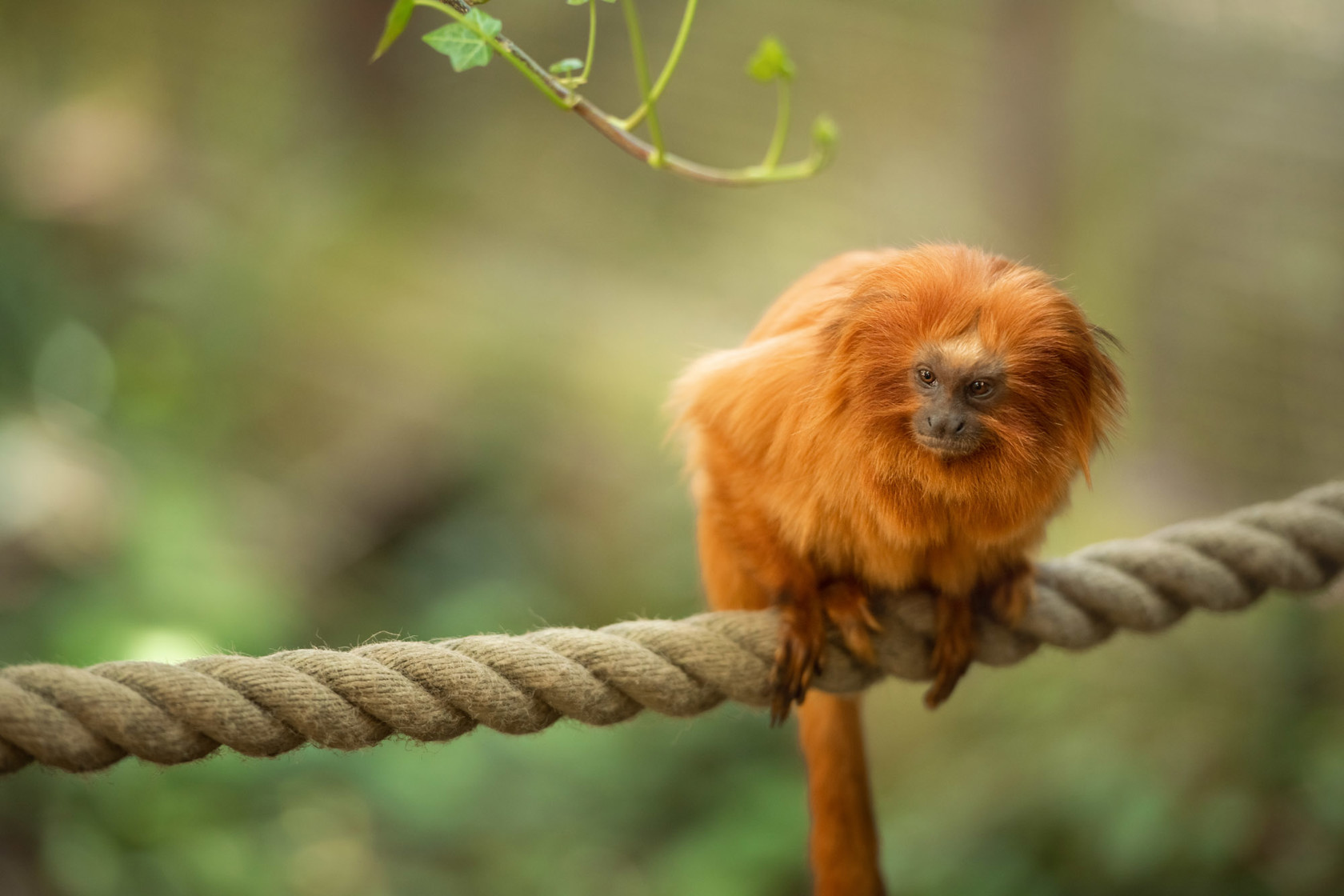
Donate
We can all make a difference by taking action, fundraising, or making a donation. Together, we can prevent extinction.
Learn more- Aardvark
- Alaotran gentle lemur
- Aye-aye
- Black and white ruffed lemur
- Black lion tamarin
- Capybara
- Gelada
- Giant anteater
- Golden lion tamarin
- Linne's two-toed sloth
- Livingstone's fruit bat
- Northern white-cheeked gibbon
- Ring-tailed lemur
- Silvery marmoset
- Slender-tailed meerkat
- Sumatran orangutan
- Western lowland gorilla
- White-handed gibbon
- Visayan warty pig
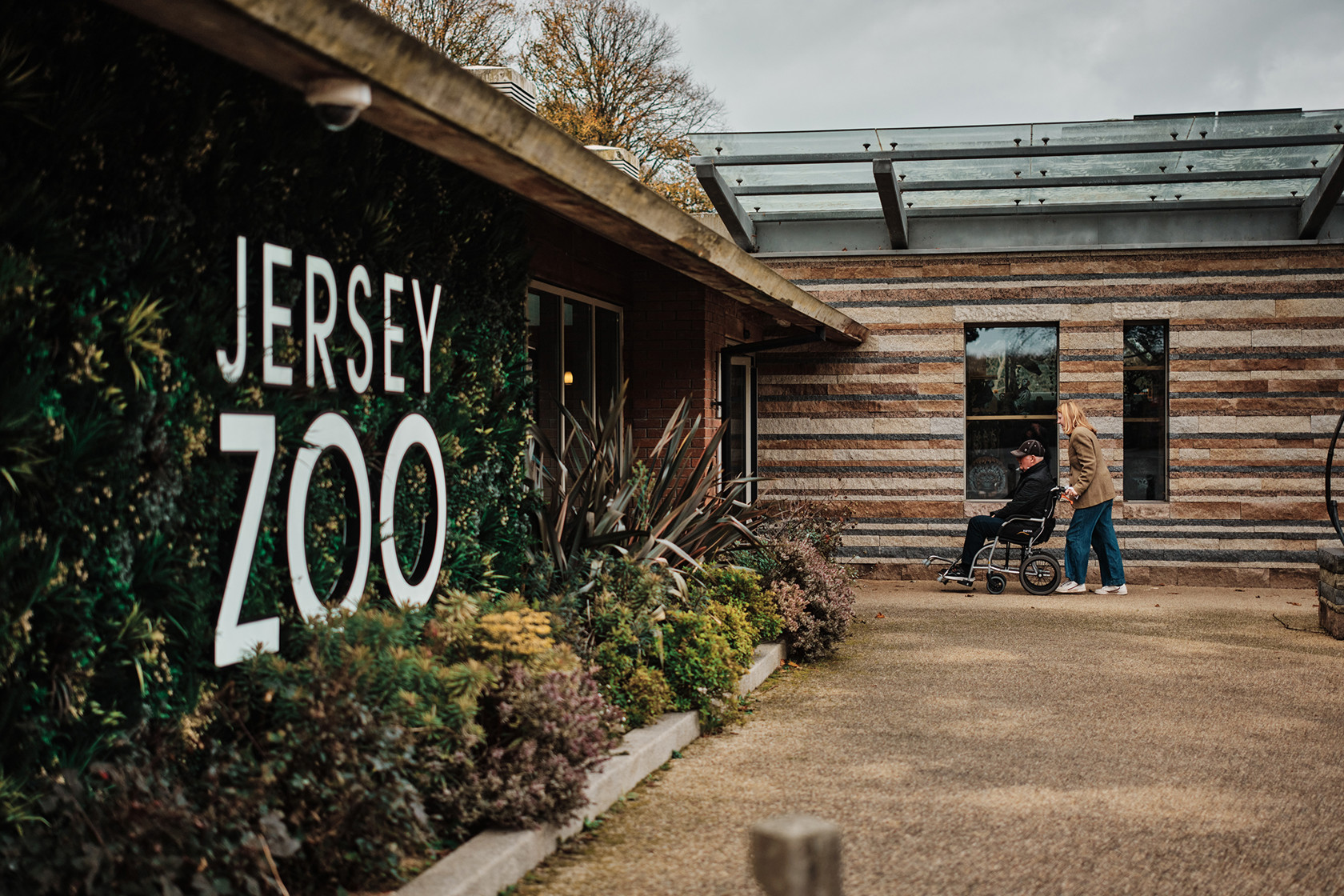
Book your tickets
Book tickets online for Jersey Zoo. Know when you’re coming? Book a specific date in advance and save 10%.
Learn more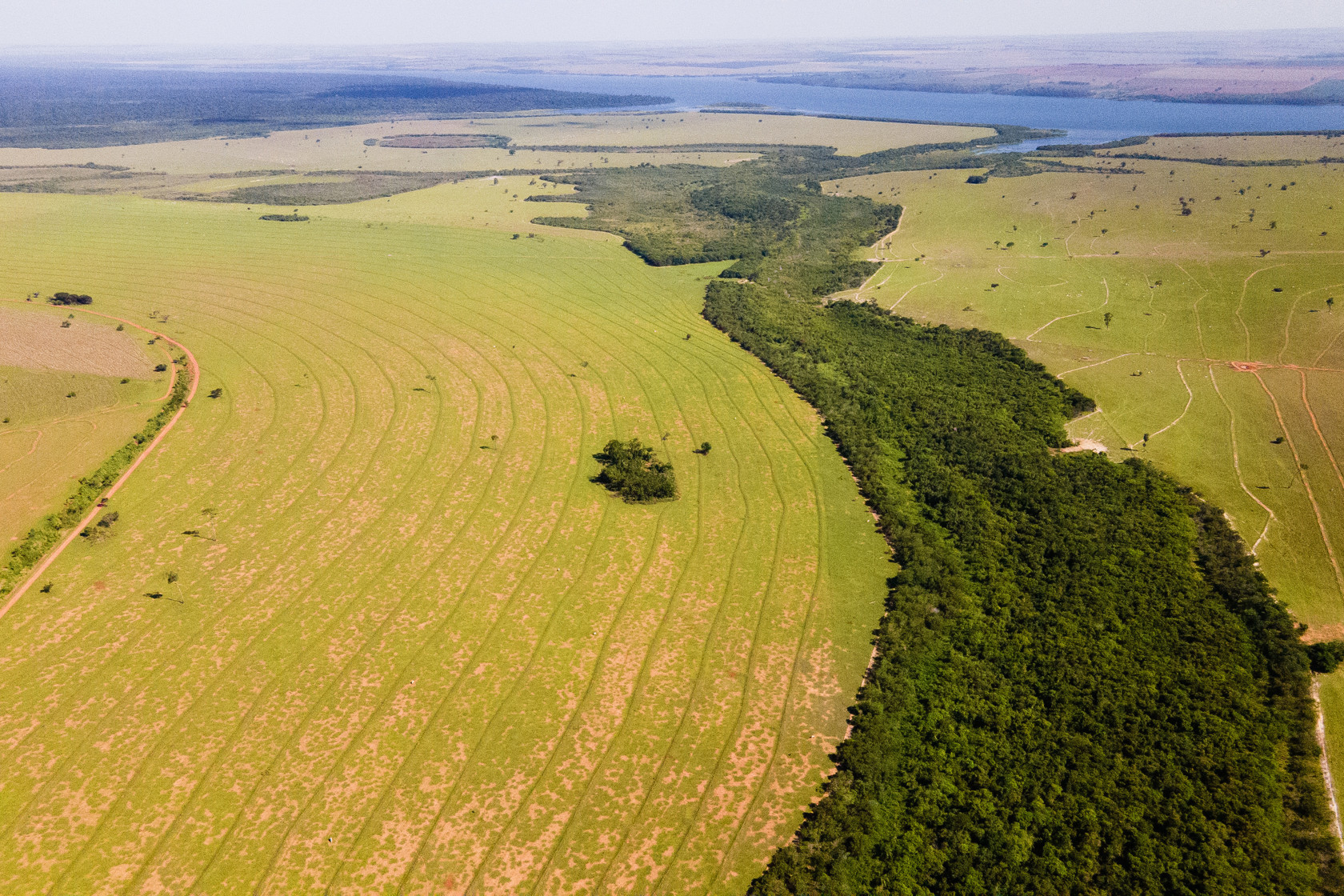
Cans for Corridors
Recycle your aluminium cans with Durrell and help save species from extinction
Learn more
Back
Brazil
Galápagos
India
Jersey
Madagascar
Mauritius
Montserrat
Saint Lucia
Scotland
Sumatra
Wales
Back
Plan Your Visit
Meet Our Animals
Stay at Jersey Zoo
About Jersey Zoo
Charity Shop
School Visits
Group Visits
Events
Children's birthday parties
Back
Admissions
Opening Times
Getting Here
Zoo Map
Animal Experiences
Keeper Talks
Food & Drink
Facilities
Accessibility
Back
Aardvark
Alaotran gentle lemur
Aye-aye
Black and white ruffed lemur
Black lion tamarin
Capybara
Gelada
Giant anteater
Golden lion tamarin
Linne's two-toed sloth
Livingstone's fruit bat
Northern white-cheeked gibbon
Ring-tailed lemur
Silvery marmoset
Slender-tailed meerkat
Sumatran orangutan
Western lowland gorilla
White-handed gibbon
Visayan warty pig
Back
Aldabra giant tortoise
Galápagos giant tortoise
Madagascar big-headed turtle
Ploughshare tortoise
Radiated tortoise
Telfair's skink


